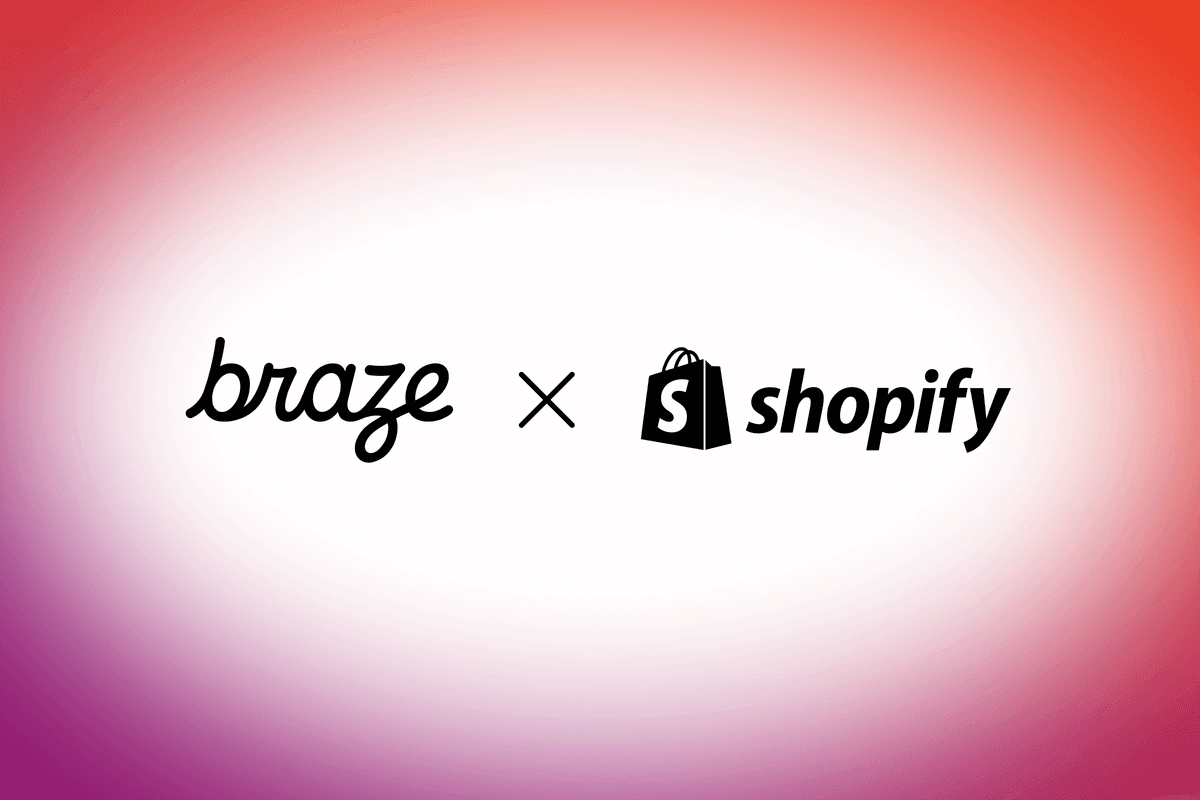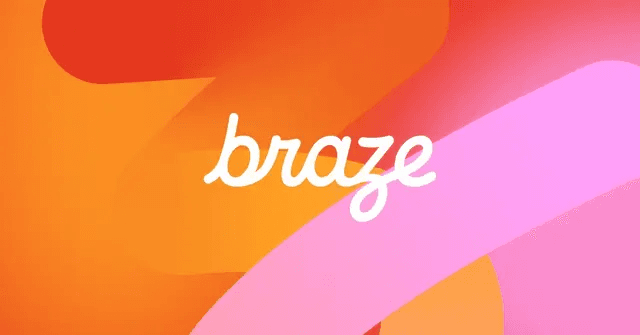Thought leadership, tips, and tricks for world-class customer engagement
Featured Stories

Blog6 min read
AI decisioning cheat sheet: How to crawl/walk/run with BrazeAI Decisioning Studioᵀᴹ

Team Braze

Blog5 min read
A day in the life of a data scientist on the BrazeAIᵀᴹ forward-deployed engineering team

Mckay Jensen

Blog6 min read
The new inbox reality: How iOS changes are reshaping email marketing

Aparna Prasad
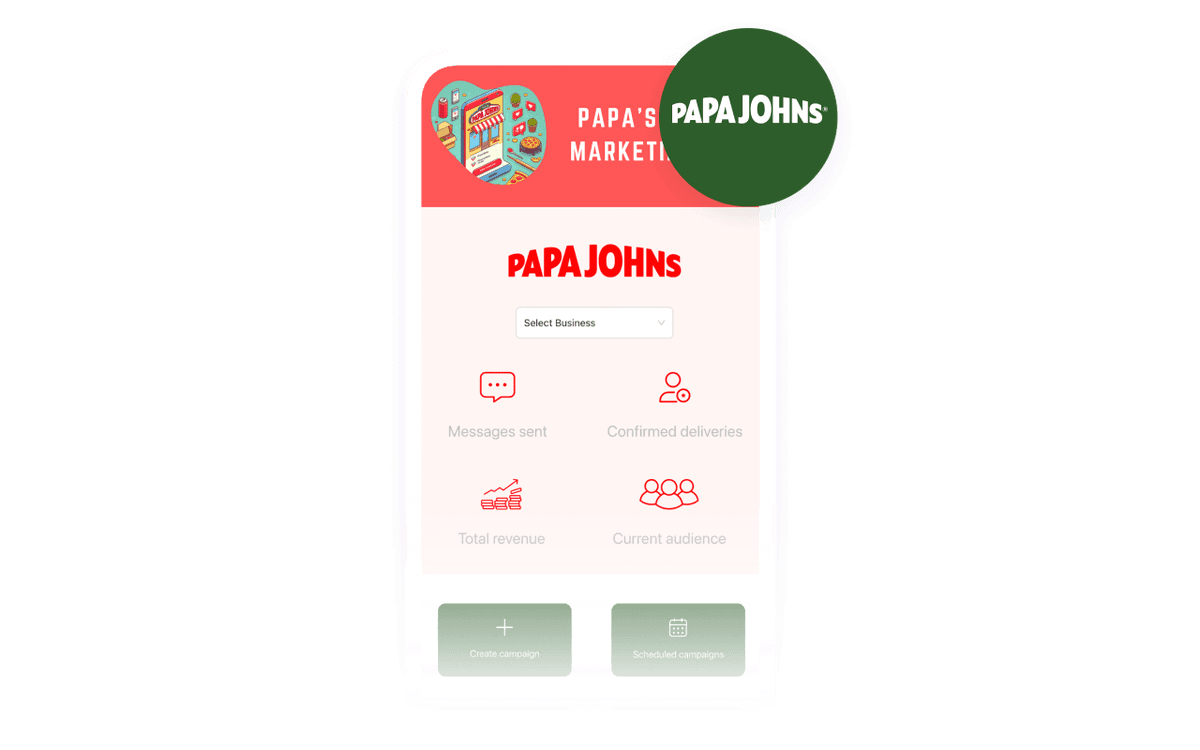
Case Study6 min read
Papa Johns UK empowers franchisees with data-driven marketing that increases revenue
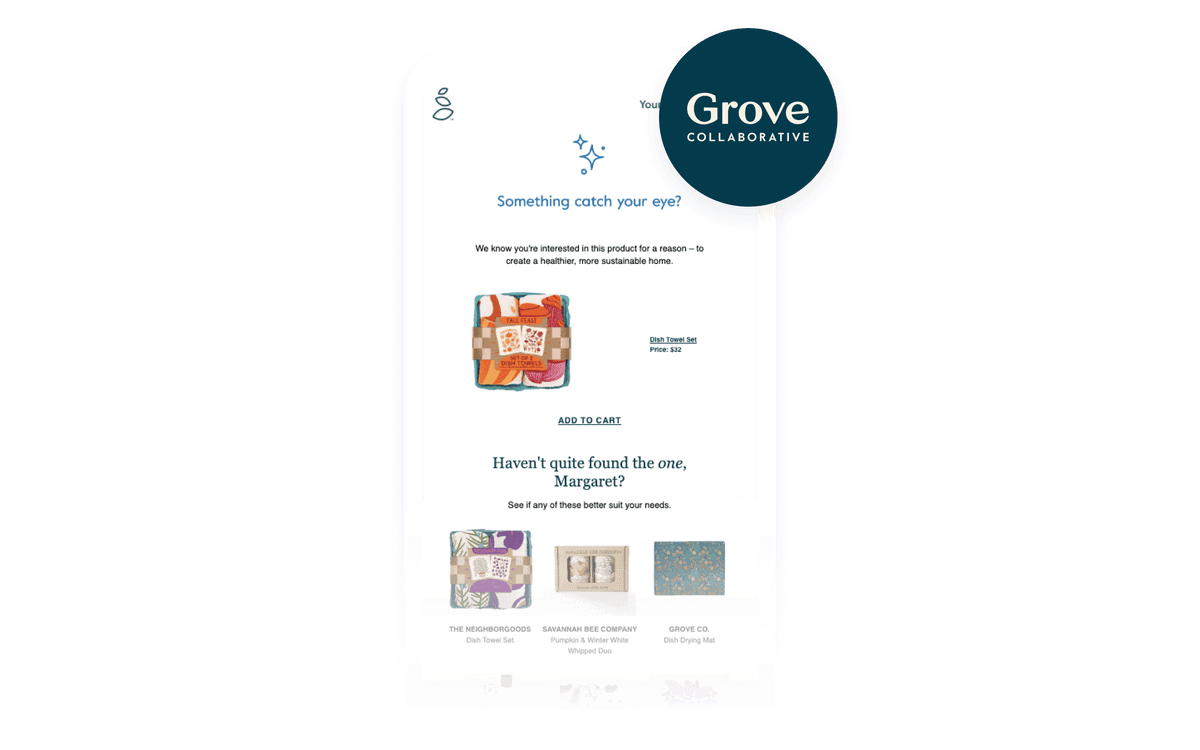
Case Study6 min read
Grove Collaborative drives sustainable growth with Braze through a targeted browse abandon campaign
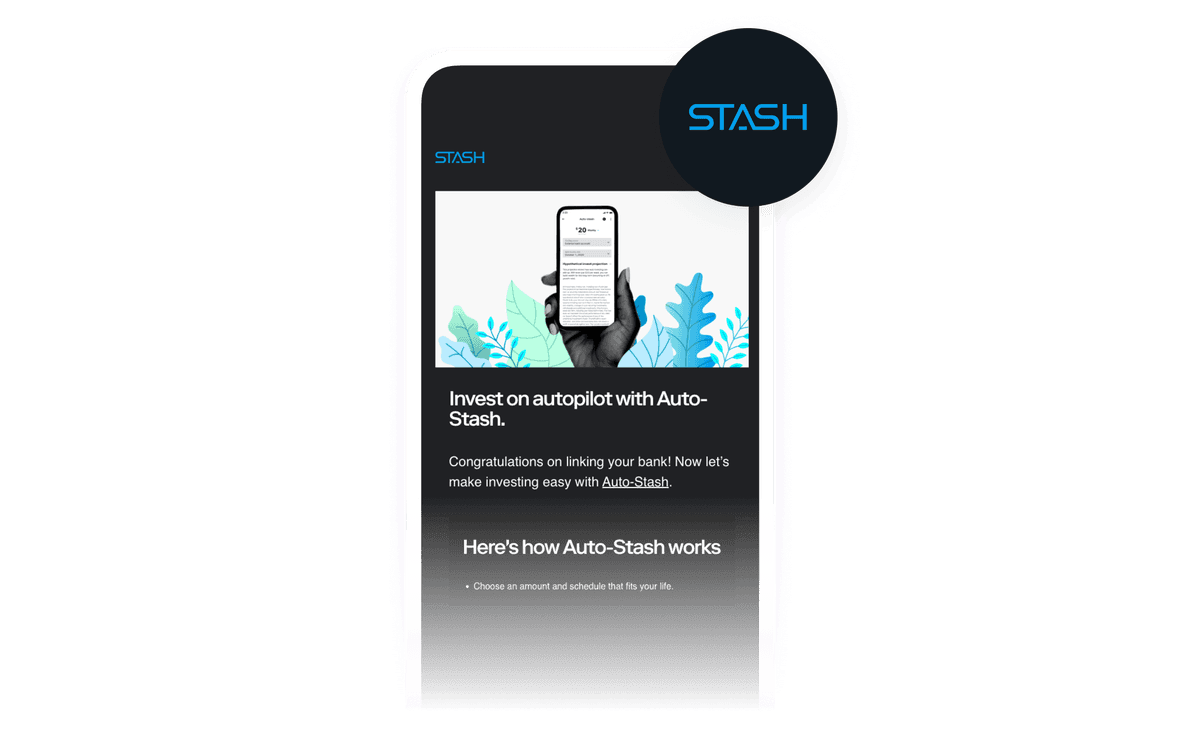
Case Study5 min read
Stash drives long-term investing habits with sophisticated, personalized user onboarding
SUBSCRIBE
Please select one option only and then submit your preference.Please enter your business email address.Be Absolutely Engaging.™
Sign up for regular updates from Braze.
Loading...
Explore more from the Resource Hub






